Prison life & the discovery of a secret rehab centre in a Polish forest
The self-taught documentary photographer, Kamil Śleszyński shared with us his creative journey into the photographic world. He identifies what led him was his drive to study the complex inter-personal relationships, the relationship between public institutions and society, as well as human interactions with nature.
Based in Bialystok, Poland, Kamil Śleszyński embarked on his photographic endeavour only three years ago, as a novice. During the time of personal growth and compelled by the social issues around him he expanded his theoretical knowledge.
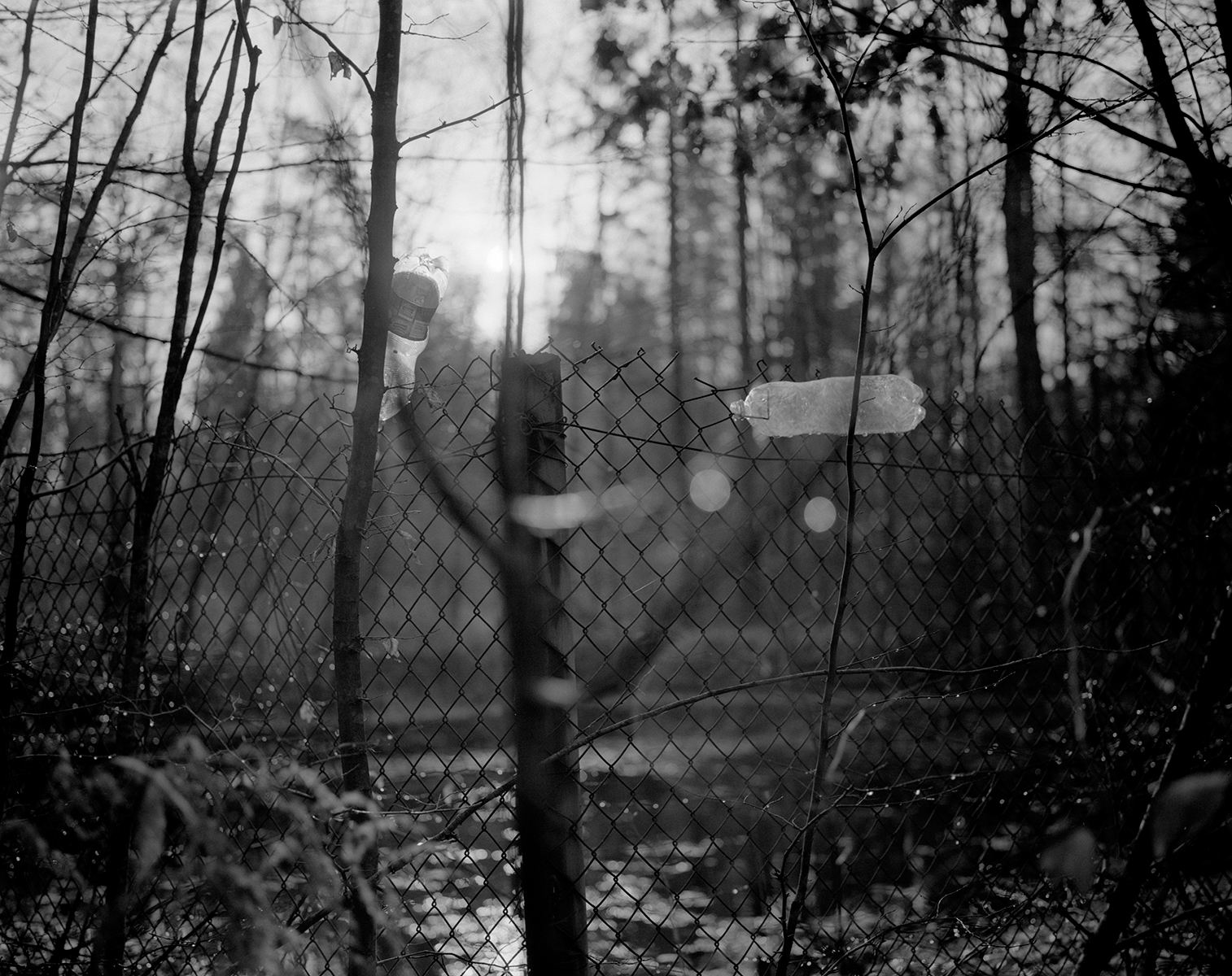
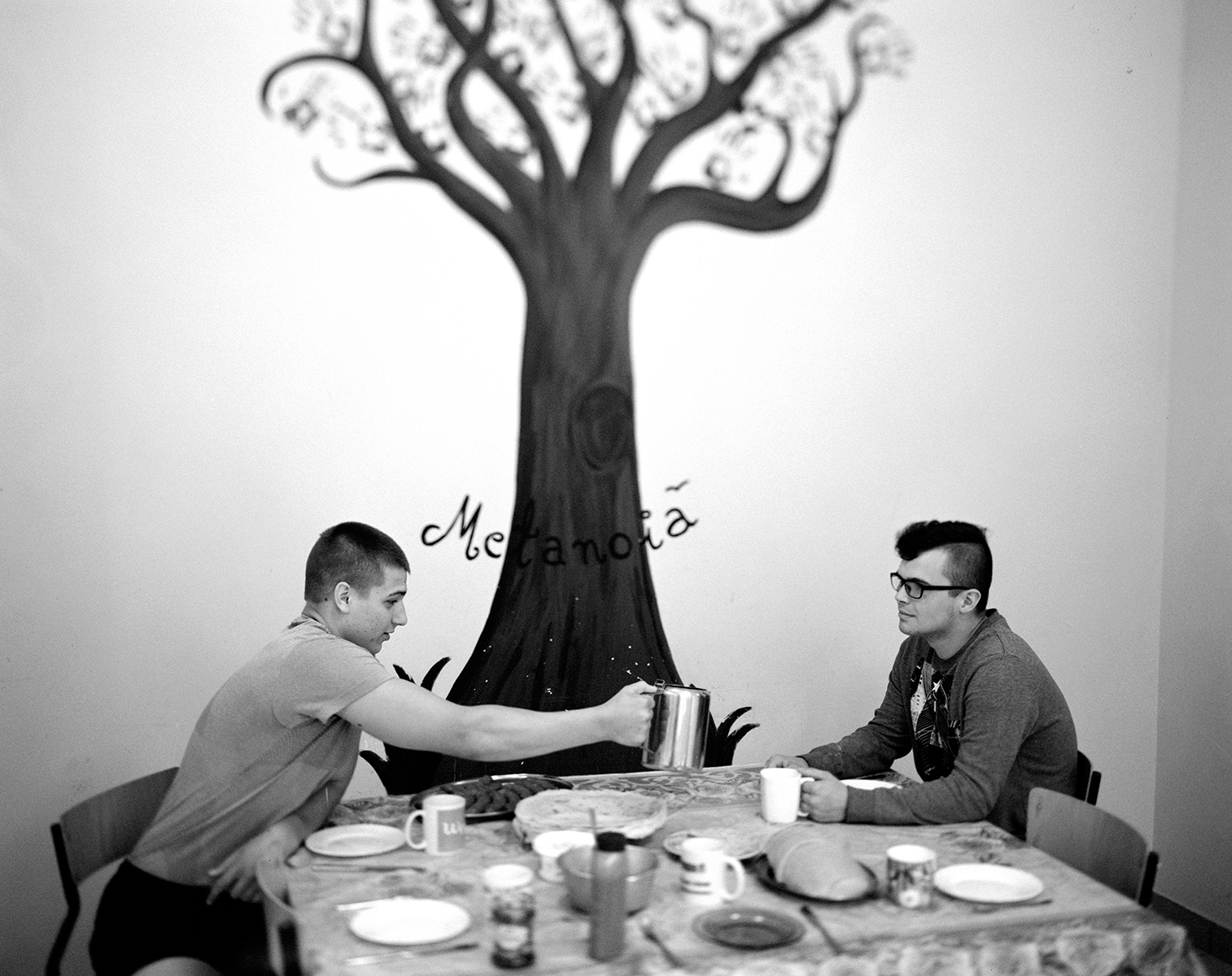
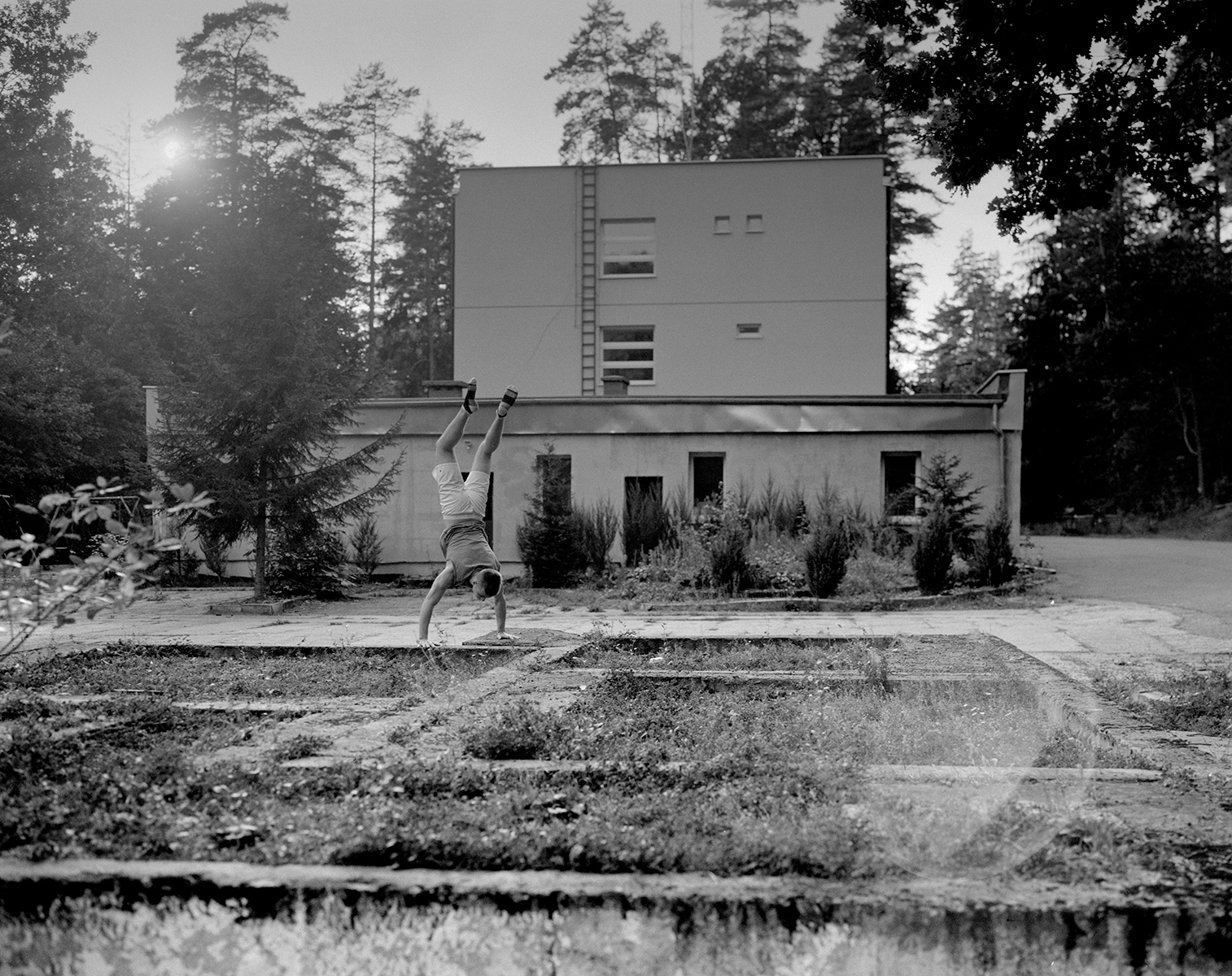
Śleszyński has been interested in prisons since he can remember, as he recalls: “I grew up in the neighbourhood of a prison. I often used to walk near the prison walls and watch the prisoners. They would stand in the windows, bathing in the sun. I wondered why they were behind the walls. This curiosity stayed with me.”
One might say that serendipity played a big part in Śleszyński’s creative work. He met a local director and journalist Dariusz Szada-Borzyszkowski, who works with prisoners and regularly casts them in performances. The artist was inspired by the film Our Class, created by Tadeusz Słobodzianek, under Dariusz’s direction, narrating the relationships of a group of Polish and Jewish classmates from 1925 to present time. This series of events encouraged Śleszyński’s decision to work with prisoners. Dariusz gave him a list of contacts and valuable advice, which greatly accelerated his project, granting him freedom to explore the unusual fascination from his childhood, which stayed with him for so long.
This is how the documentary project Input/Output (2014 - 2015) exploring the life of prisoners in north-eastern Poland commenced. The book Walls of Hebron by Andrzej Stasjuk has been a huge influence on Śleszyński in the creation of this work. The Polish author tells a terrific story of the violent reality of everyday prison life. He was commissioned to write it by the Solidarity organisation ‘Wolność i Pokój’, after being released from a 19-month prison sentence. The book is finished in the 1984, but was regarded as too real and brutal, and was published only after the fall of communism, eight years later.
Śleszyński admits that it wasn’t easy at all to gain access and contact his subjects. He spent several months writing letters and making phone calls, before gaining permission to follow his ideas and photograph the subjects.
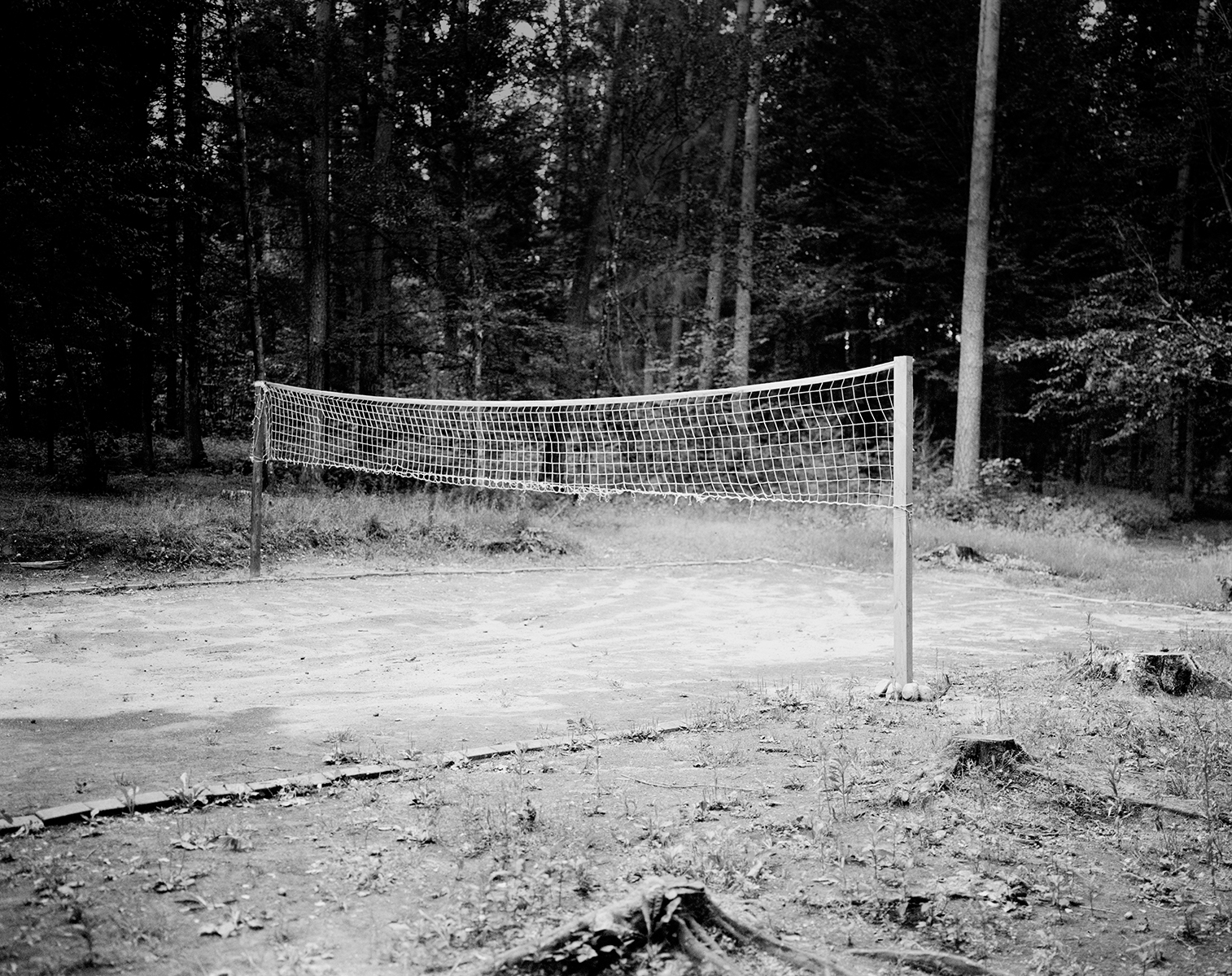
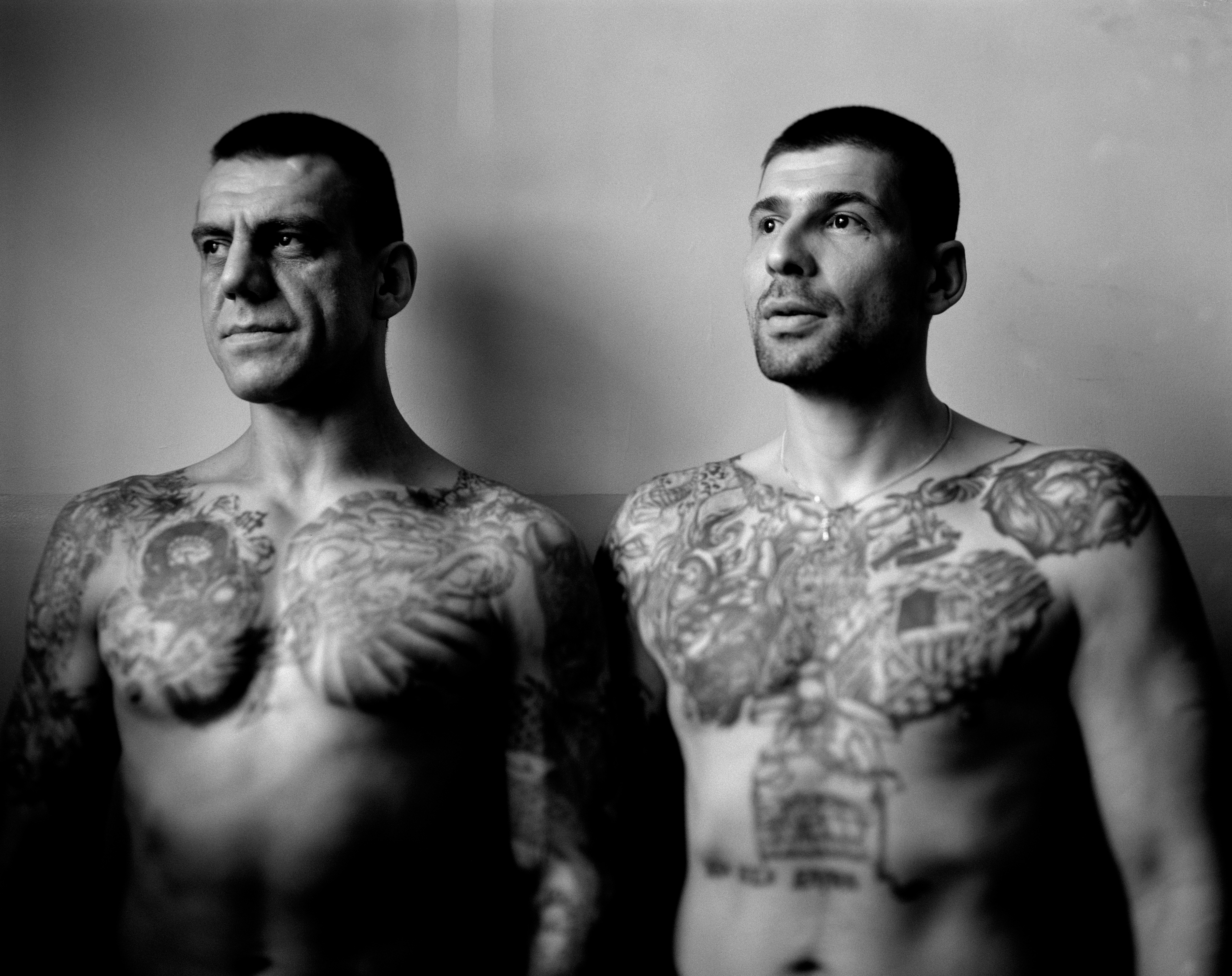
The work is complemented by beautiful poetry written by Ula Śleszyński, the artist’s partner, who is a journalist. Her writing was inspired by the interviews conducted by the photographer. Śleszyński sees the act of photographing as a source of knowledge, speaking about his relationship with photography:
“If I can understand and explain some phenomenon through it, I believe that the recipients will find answers too. In photography, I am looking for answers to my questions. Through photography I am looking for contact with another person, because I often feel lonely.”


Another of his works is the project ‘Lost Place’ (2016), which studies The Catholic Centre for Education and Addiction Therapy ‘Metanoia’ and is closely linked to his previous work, as well as continuing his practice. While developing it, the artist realised that many of his subjects turned to drugs and alcohol after completing a prison sentence. Śleszyński felt determined to seek the root of their problems.
The facility ‘Metanoia’ helps young people addicted to drugs and alcohol. Located in the Knyszynska forest in Poland, it occupies the former administration building ‘Agroma’, which in the past was used to produce agricultural machinery, home appliances and weapons. Śleszyński’s approach is very personal, using a large format camera, to portray his subjects and their surroundings. The artist explains:
“It interested many of the people I photographed, as did the old style photographic techniques used to operate the camera. They had never seen such equipment and it was a new experience for them, which helps a lot and lessens the distance and unfamiliarity. On the other hand, I had a limited number of shots, which made me concentrate and focus more on what I was doing.”
The series includes intimate and sincere portraits of the residents of the centre, as well as landscapes of the site. The black and white analogue photographs create an ominous sensation, as well as provoking the feeling that this could happen anywhere, at any time, to anyone, turning the work from personal to a ubiquitous experience.
Another book that was an inspiration to Śleszyński was My Sambhala by Kazimierz Jankowski. Describing the history of the Synanon Organisation, initially it was a drug rehabilitation program (founded by Charles Dederich in 1958 in Santa Monica, California). Later it became an alternative community, which was then changed to the Church of Synanon in the 1970s. In 1991 it was disbanded permanently due to various criminal activity and legal problems.
The artist has been awarded the scholarship of the Marshall of Podlaskie Voivodeship by the Marshall’s office of the region, where he is currently based. The judges granted him with a semi-annual scholarship for cultural activities in prisons.
The work that Śleszyński is undertaking now is called ‘Prologue’ (2016 - 2017). In relation to his other works, his new piece is distinguishably intimate in a subversive way. He tells the story of a threatened pregnancy - an attempt to master the feelings that accompanied him and his wife Ula in difficult times and a few months after the birth of their child. The text that follows this work is also written by Ula during the pregnancy and the challenging first months of motherhood. Śleszyński hopes to present this project in a book format.

